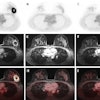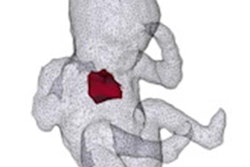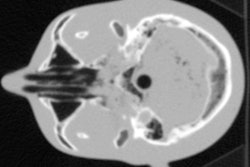
When introducing new treatment technologies, medical physicists are faced with a tricky balance between quality and safety. But how can they help improve treatment quality? This question was addressed by Håkan Nyström, PhD, chief physicist at the Skandion Clinic in Uppsala, Sweden.
"Thinking about the title that I was given, I thought, 'Where would we be without the findings of Röntgen?' And he was a physicist," he told delegates at the recent European Society for Radiotherapy and Oncology (ESTRO) 35 conference in Turin, Italy.
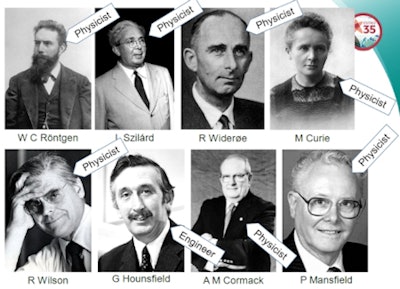 The work of many physicists has helped patients so far. Image courtesy of Håkan Nyström, PhD.
The work of many physicists has helped patients so far. Image courtesy of Håkan Nyström, PhD.Nyström spoke in a symposium titled Quality beyond accuracy: Are we failing to see the forest for the trees? He began by looking at what medical physicists have done for patients up until now. He went on to cite the development of the linear accelerator by physicists Leó Szilárd and Rolf Widerøe, the pioneering work of Marie Curie -- a physicist -- on radioactivity, and diagnostic tools developed by Hounsfield and Cormack -- an engineer and a physicist.
"So what kind of question is this?" he said. "The answer could be, to simply continue to do what we've been doing for the last 120 years."
The balancing act
Nyström took a look at the various professionals involved in radiotherapy. Radiation therapists, for example, are very focused on the patient, and form a key group within the department. Radiation oncologists are highly trained medical doctors with much knowledge about cancer. Medical physicists, meanwhile, are seldom seen outside the laboratory. "We sometimes sneak out of the lab at night to do quality assurance," he noted.
One of the most important duties of the medical physicist, however, is to introduce new technologies into the clinic. For example, the implementation about 15 years ago of intensity-modulated radiotherapy, which was less intuitive to the user than existing treatment systems. The medical physicist must ensure that clinical introduction of such new technologies is performed with the highest possible safety standards, and that any associated risk is minimized.
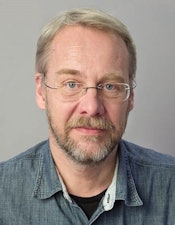 Håkan Nyström, PhD.
Håkan Nyström, PhD.To do this, the medical physicist must make many measurements. Often, the number of measurements performed increases continually after the initial time of introduction, until eventually reducing once the technology approaches clinical readiness. "It is up to the physicists alone to decide when the validation and dosimetry is completed -- they alone can make this decision because that is what they are trained to do," Nyström said.
Unfortunately, the longer it takes to introduce a new, superior treatment technology to the clinic, the worse it is for the patients, who have to make do with older, less effective methods. The task for the medical physicist is to balance the time taken for measurements, experiments, and validation against patients' needs. "We need to make a fair, safe balance, and complete this as soon as possible, so we don't just carry on making measurements," he said.
The dilemma can be boiled down to a search for the optimal balance between quality (modern high-precision treatments) and safety (reliable, well-proven, and understood methods). Nyström described the example of a medical physicist measuring range in a phantom prior to proton therapy. The physicist can spend time checking everything is perfect, checking the water quality in the phantom, and so on. "The problem is, the patient is in the waiting room," he said.
"We need to slightly change the mindset in medical physics community. Patient-centered care should apply also for medical physicists," Nyström concluded. "We do see the forest for the trees -- but sometimes we don't see the patient because of all the measurements we need to do."
© IOP Publishing Limited. Republished with permission from medicalphysicsweb, a community website covering fundamental research and emerging technologies in medical imaging and radiation therapy.




